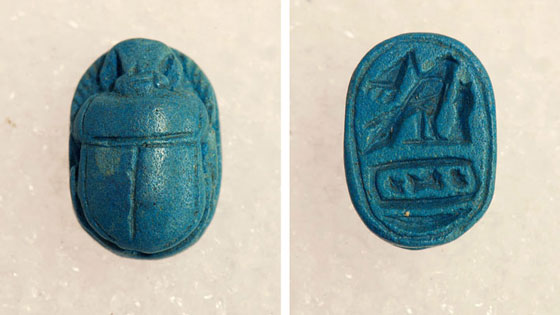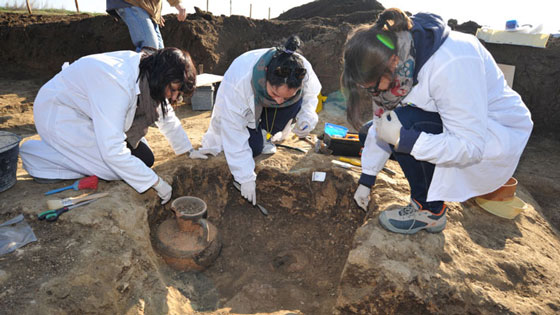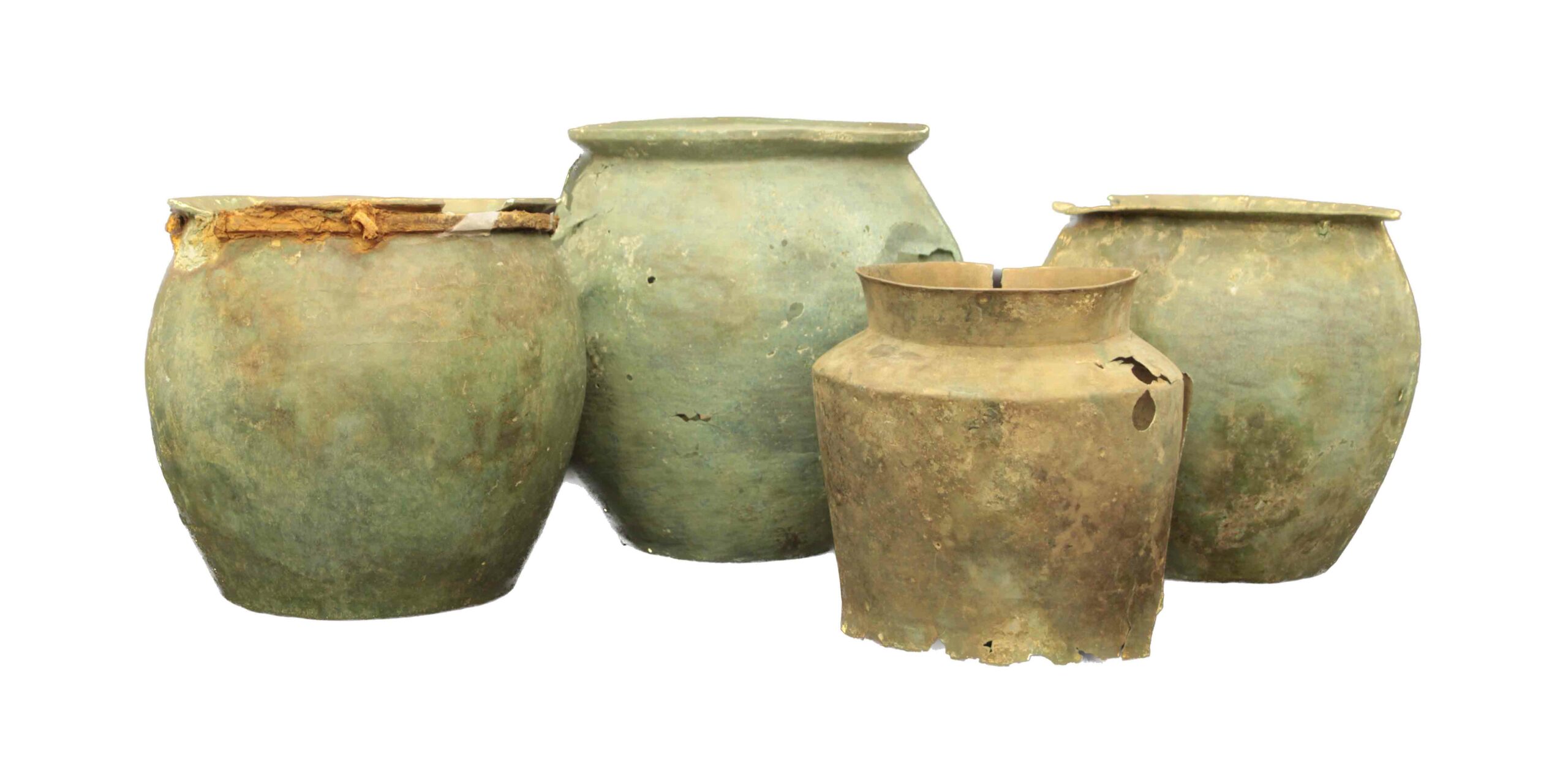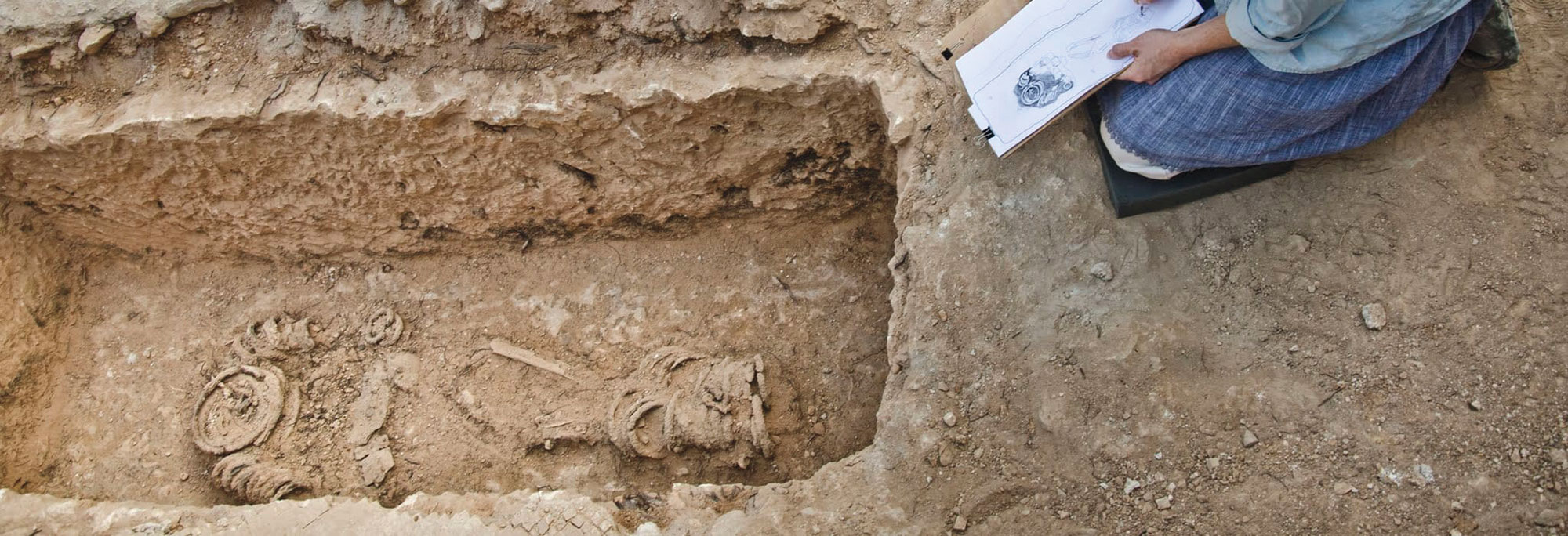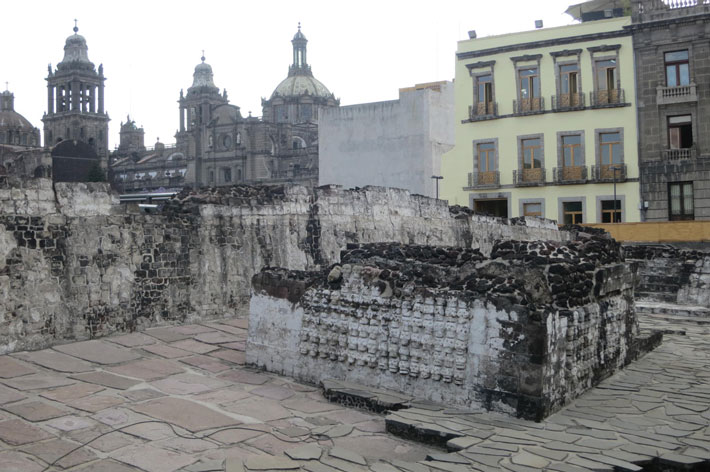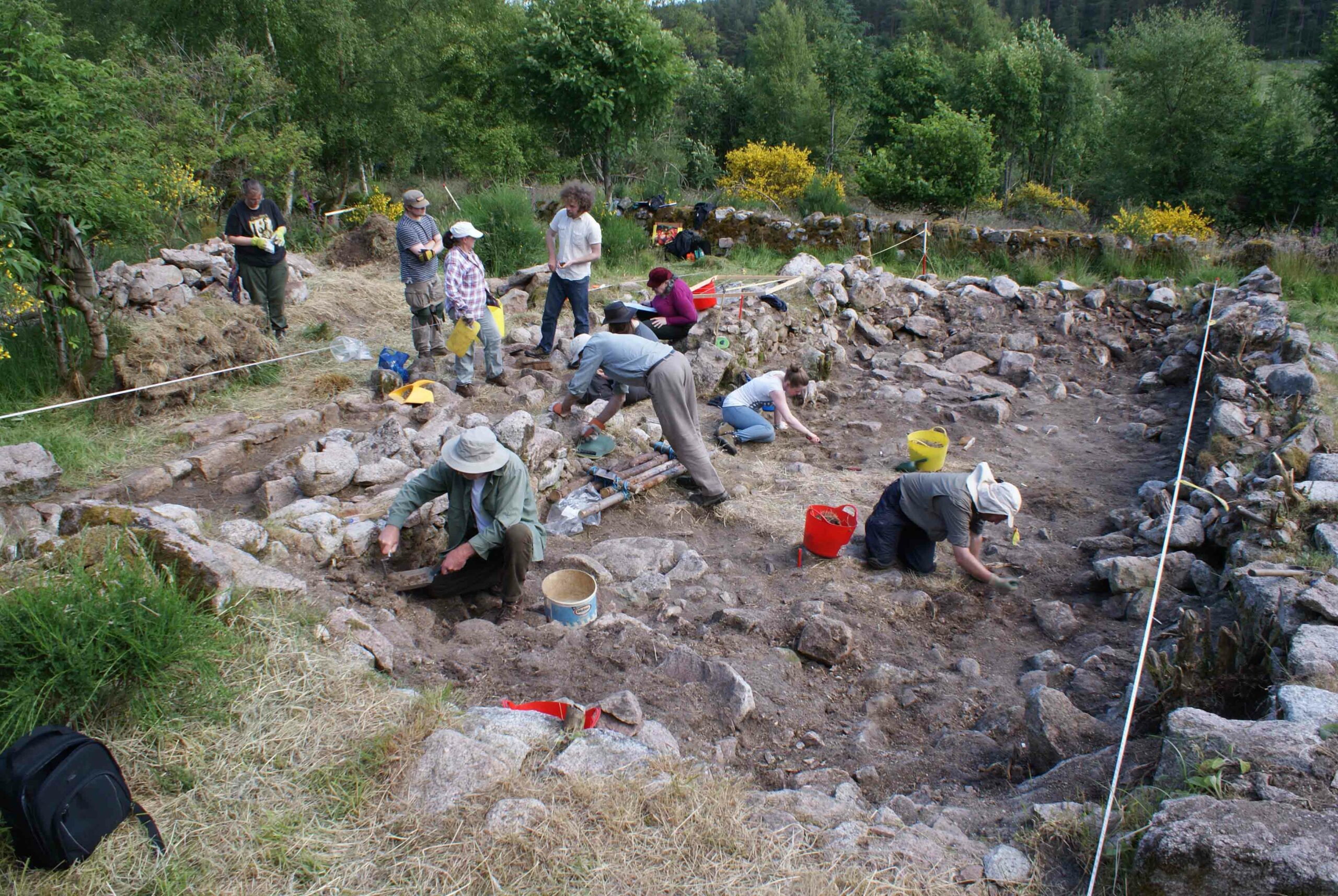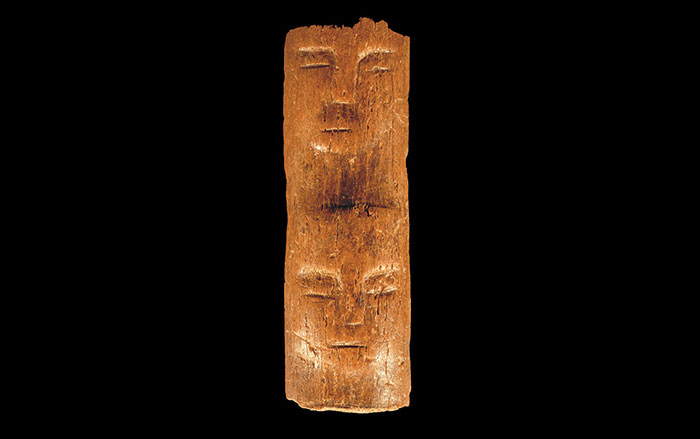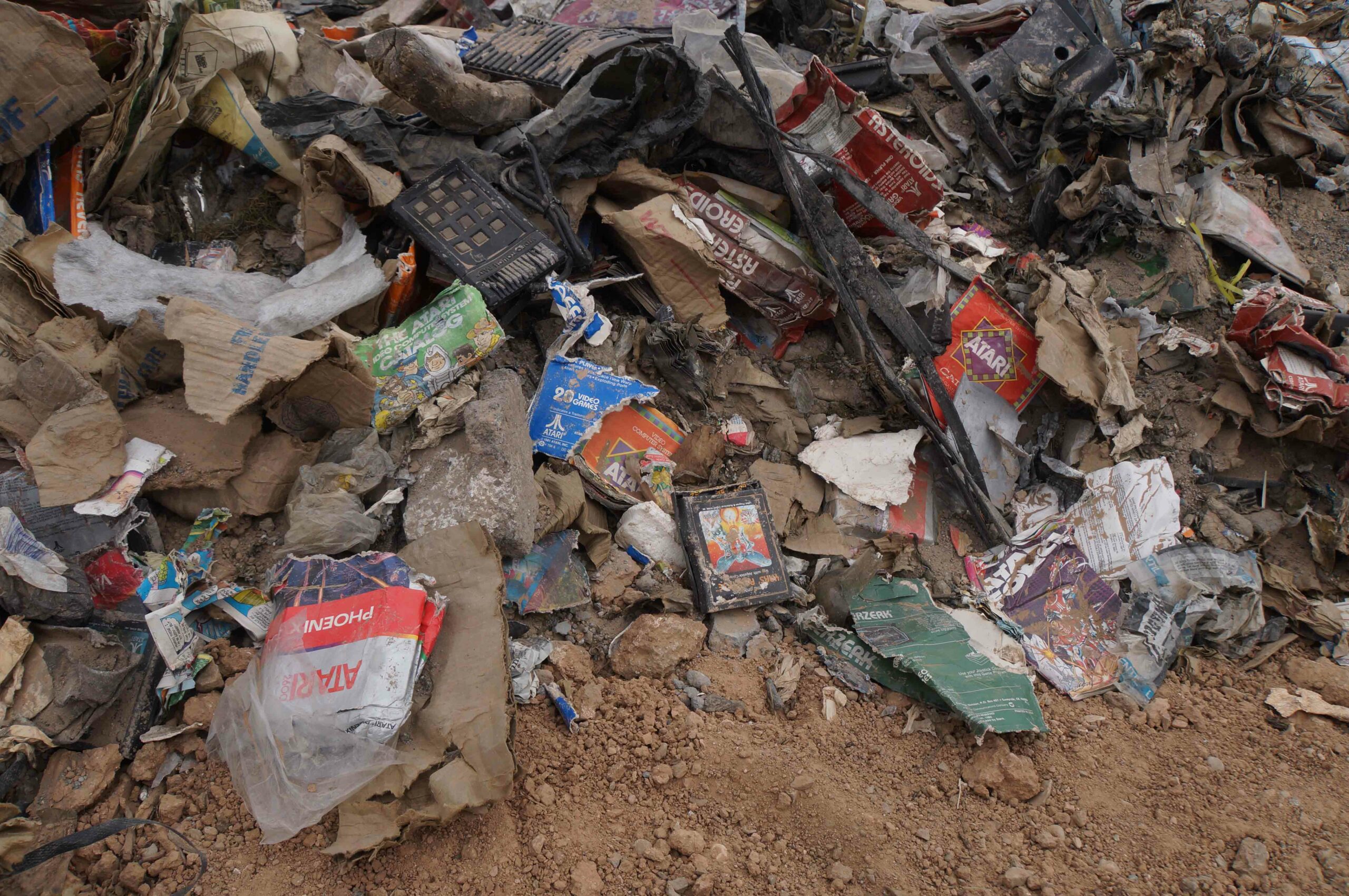
In the nineteenth century, the ancient tombs of Vulci, some 75 miles northwest of Rome and 25 miles west of Viterbo, were a stop on travelers’ Grand Tour of Europe. Since the late eighteenth century, when the first official excavations were undertaken on the orders of Cardinal Guglielmo Pallotta, numerous burials, ranging from the simple to the spectacular, had been found in the area. In the Necropoli dell’Osteria, roughly translated as the “Necropolis of the Pub,” travelers encountered impressively built and richly decorated burials dating from the seventh to fourth centuries B.C. belonging to the Etruscan culture that had once inhabited the region. Some of the tombs had evocative names given to them in contemporary times in order to attract more visitors. There was the Tomb of the Sun and the Moon, the Tomb of the Inlaid Ceiling, and the Tomb of the Panathenaica, named after the sacred athletic and literary games held every four years in Athens to celebrate the goddess Athena.
Despite their popularity 150 years ago, however, the tombs were abandoned as a tourist destination and, ultimately, lost. “The Tomb of the Sun and the Moon was the most important funerary complex in the area, and we know the area was open for visitors until the middle of the nineteenth century,” says archaeologist Carlo Casi, who manages the Vulci archaeological park on behalf of the local archaeological superintendency of Etruria Meridionale. “But since then it has literally been swallowed up by nature.”
Three years ago, Casi and his team set out to rediscover the Tomb of the Sun and the Moon using topographic maps of the area, some of which were drawn in the nineteenth century. “Unfortunately, we weren’t able to find the tomb again, probably because the people who drew the maps of the area made some errors in locating it,” says Casi. But as is often the case in archaeology, although they began looking for one thing, Casi and his team found something else entirely: more than twenty small graves and tombs and two larger funerary complexes, the most spectacular of which, both in contents and in name—the Tomb of the Silver Hands—rivals anything found previously at the site.

On a wintry day in 2012, Casi and his team were digging a 30-foot-long corridor. Eventually their excavations led them straight into a large tomb with three separate chambers. Based on its size and its location within the necropolis, which is known to contain other rich Etruscan burials, they believed the tomb must have belonged to a noble Etruscan family. One room on the right side of the corridor, which they called Chamber C, was completely empty, having been, like so many Etruscan tombs, ransacked by looters either in antiquity or more recently. But the other two rooms, Chamber A in the center and Chamber B on the left, were full of artifacts: large storage jars called pithoi, cups, and examples of bucchero, a distinctive, shiny black type of pottery made by the Etruscans beginning in the seventh century B.C. In Chamber B, Casi’s team also uncovered the remains of a chariot wheel and bronze horse harnesses.
While excavating Chamber A, Casi noticed something unusual lying on the ground among a variety of artifacts—two well-preserved silver hands with traces of gold on the fingers and gold-plated fingernails. “I knew immediately that these hands had once been part of a sphyrelaton, a kind of wooden funerary dummy that represented the dead and guarded his or her soul after the body had been cremated,” says Casi. Most often the dummy represented a warrior or a nobleman, but in this case the figure was probably a woman. Casi thinks this may demonstrate that the Etruscans granted equal status to high-ranking members of society regardless of gender. Near the hands on the ground, the archaeologists also recovered some purple threads that they believe were used to tie gold studs to a brightly colored garment that once clothed the dummy. They also found iron and bronze fibulae, little gold balls, pieces of faience, and amber and bone beads that likely were once part of several very fancy necklaces.
When Casi and his team completed last season’s excavation, they took the artifacts from the tomb to a restoration and conservation laboratory in Montalto di Castro, near Vulci. There conservators cleaned and restored the iron, bronze, and gold jewelry, horse trappings, pieces of the chariot, and, of course, the silver hands. According to Teresa Carta, who is in charge of the lab, the silver hands are a “unique find.” Although other examples of funerary dummies’ hands have been discovered in Vulci, and in the town of Pescia Romana near Viterbo, “these were rough and made of bronze, never anything as refined as these,” Carta says.
Casi hopes to resume excavations in the necropolis in the near future and uncover more of its long-hidden secrets. “My dream would be to find the tombs of people who had business relationships with this noble family,” says Casi. “That might be the only chance we have to know more about this powerful woman and her relatives.”
Slideshow: Etruscan Discoveries at the "Necropolis of the Pub"
For the last three years, Italian archaeologists have been excavating a large Etruscan necropolis at the site of Vulci, 75 miles from Rome. Called (for reasons now obscure) the “Necropoli dell’Osteria,” or "Necropolis of the Pub," the large cemetery's most spectacular burial has been been dubbed "The Tomb of the Silver Hands," after the discovery of a pair of silver hands once adorned a wooden dummy. But the team has also uncovered dozens of other tombs containing remains and grave goods belonging to Etruscan nobles and common folk alike who lived in this region of Italy more than 2,500 years ago. Below is a selection of some of the most interesting artifacts from the site.


